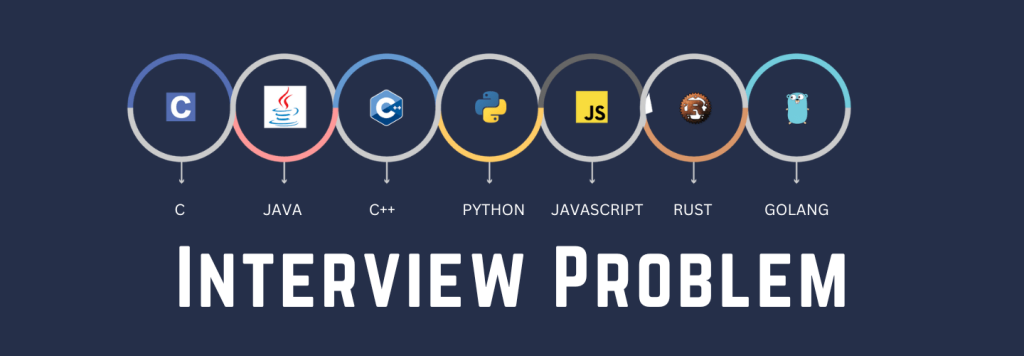Table of Contents
To combine two column matrices in Python, you can use the concatenate function from the numpy library.
Although using libraries in a coding interview for a software engineering role can be both helpful and risky. On one hand, libraries can save you time and make it easier to write code that works. On the other hand, relying too heavily on libraries can make it look like you don’t have a deep understanding of the underlying concepts and can potentially make your code less efficient or more error-prone.
In general, it’s a good idea to demonstrate that you have a strong foundation in core programming concepts and algorithms before relying on libraries. This shows that you have a solid understanding of how things work and are not just blindly using a library without understanding what’s going on under the hood. If you do decide to use a library in your interview, make sure to explain why you’re using it and how it works to demonstrate that you have a deeper understanding of what’s going on.
Ultimately, the decision of whether or not to use a library in a coding interview depends on the specific situation and the interviewer’s expectations. If you’re not sure, it’s always a good idea to ask the interviewer for guidance before starting the coding portion of the interview.
Brute-force solution using numPy:
import numpy as np
# create two column matrices
A = np.array([[1],[2],[3]])
B = np.array([[4],[5],[6]])
# concatenate the two matrices horizontally
C = np.concatenate((A, B), axis=1)
print(C)
This will output:
[[1 4]
[2 5]
[3 6]]In this example, we first create two column matrices A and B. We then use the concatenate function to join them horizontally by passing them as a tuple to the function, and specifying axis=1 to indicate that we want to concatenate them along the second axis (columns). We store the result in a new matrix C, and print it out to verify that it contains both A and B.
The time complexity of this solution is O(n^2), where n is the number of elements in the matrices, because we have to copy all the elements from both matrices into a new matrix. The space complexity is O(n), because we create a new matrix to hold the concatenated result.
Combine two column matrices without using any library
If you don’t want to use any library here is the solution you can use:
# create two column matrices
A = [[1],[2],[3]]
B = [[4],[5],[6]]
# create an empty matrix to hold the concatenated result
C = [[0,0],[0,0],[0,0]]
# copy the elements from A into C
for i in range(len(A)):
C[i][0] = A[i][0]
# copy the elements from B into C
for i in range(len(B)):
C[i][1] = B[i][0]
print(C)
This will output:
[[1, 4], [2, 5], [3, 6]]
In this example, we first create two column matrices A and B. We then create an empty matrix C with the same number of rows as A and B, and two columns to hold the concatenated result. We then copy the elements from A into the first column of C, and the elements from B into the second column of C. Finally, we print out the concatenated matrix C.
The time complexity of this solution is O(n), where n is the number of elements in the matrices, because we only need to loop through the matrices once to copy the elements into the new matrix. The space complexity is also O(n), because we create a new matrix to hold the concatenated result.
Optimized solution using list comprehension
We can optimize the solution by using a list comprehension to create the concatenated matrix instead of initializing an empty matrix and copying the elements over one by one. Here’s the optimized solution:
# create two column matrices
A = [[1],[2],[3]]
B = [[4],[5],[6]]
# concatenate the two matrices using a list comprehension
C = [[A[i][0], B[i][0]] for i in range(len(A))]
print(C)
This will output:
[[1, 4], [2, 5], [3, 6]]
In this optimized solution, we use a list comprehension to create the concatenated matrix C. We loop through the matrices A and B using the range function and len(A) to get the number of rows in the matrices. For each row, we create a new list that contains the element from the corresponding row in A and the corresponding row in B. We store the list of lists in C and print it out to verify that it contains both A and B.
The time complexity of this optimized solution is still O(n), where n is the number of elements in the matrices, because we still need to loop through the matrices once to create the concatenated matrix. However, the space complexity is slightly better than the brute force solution, as we do not create an empty matrix and copy the elements over one by one, but rather use a list comprehension to create the concatenated matrix directly. The space complexity of this optimized solution is O(n) as well.
